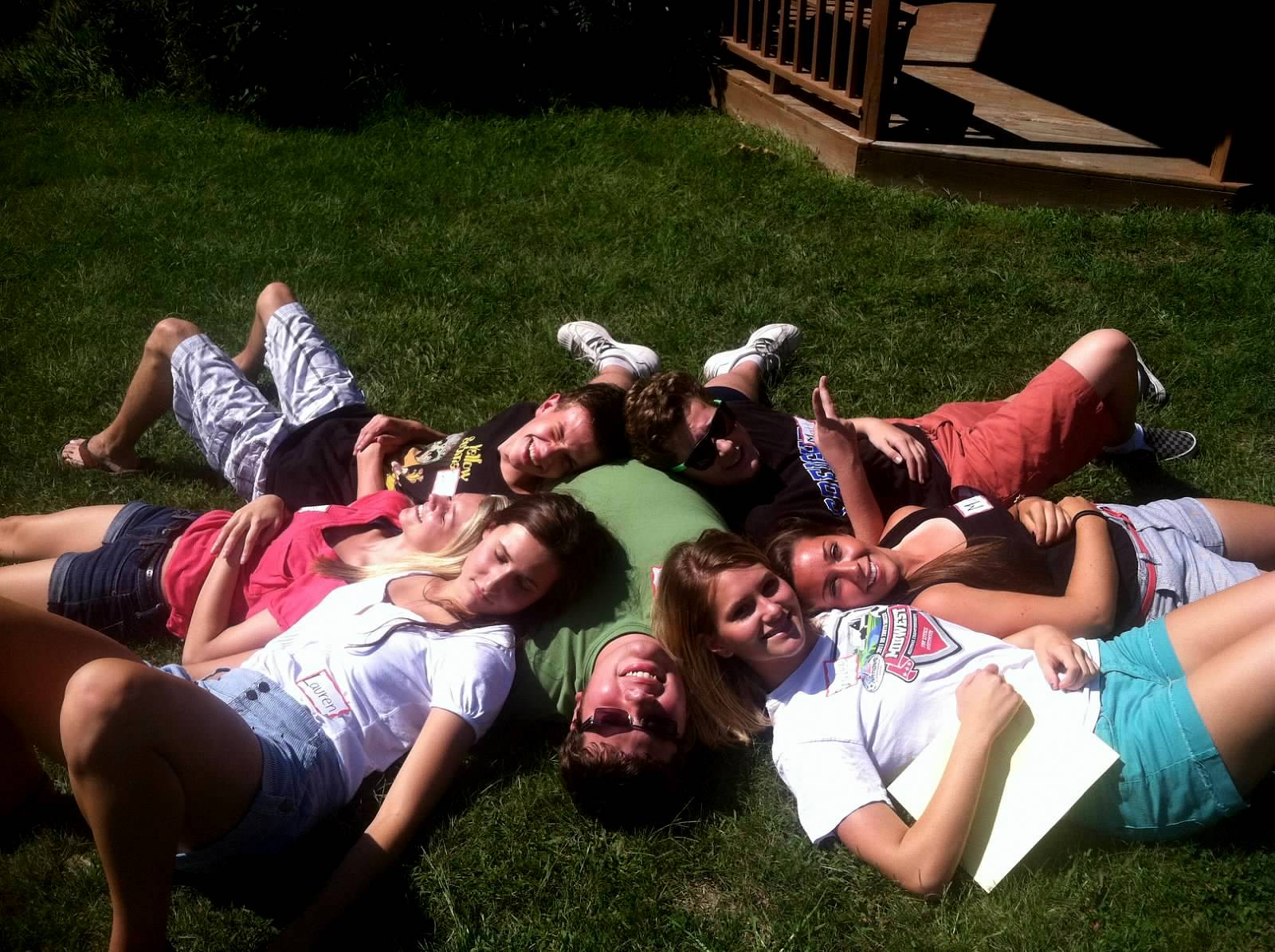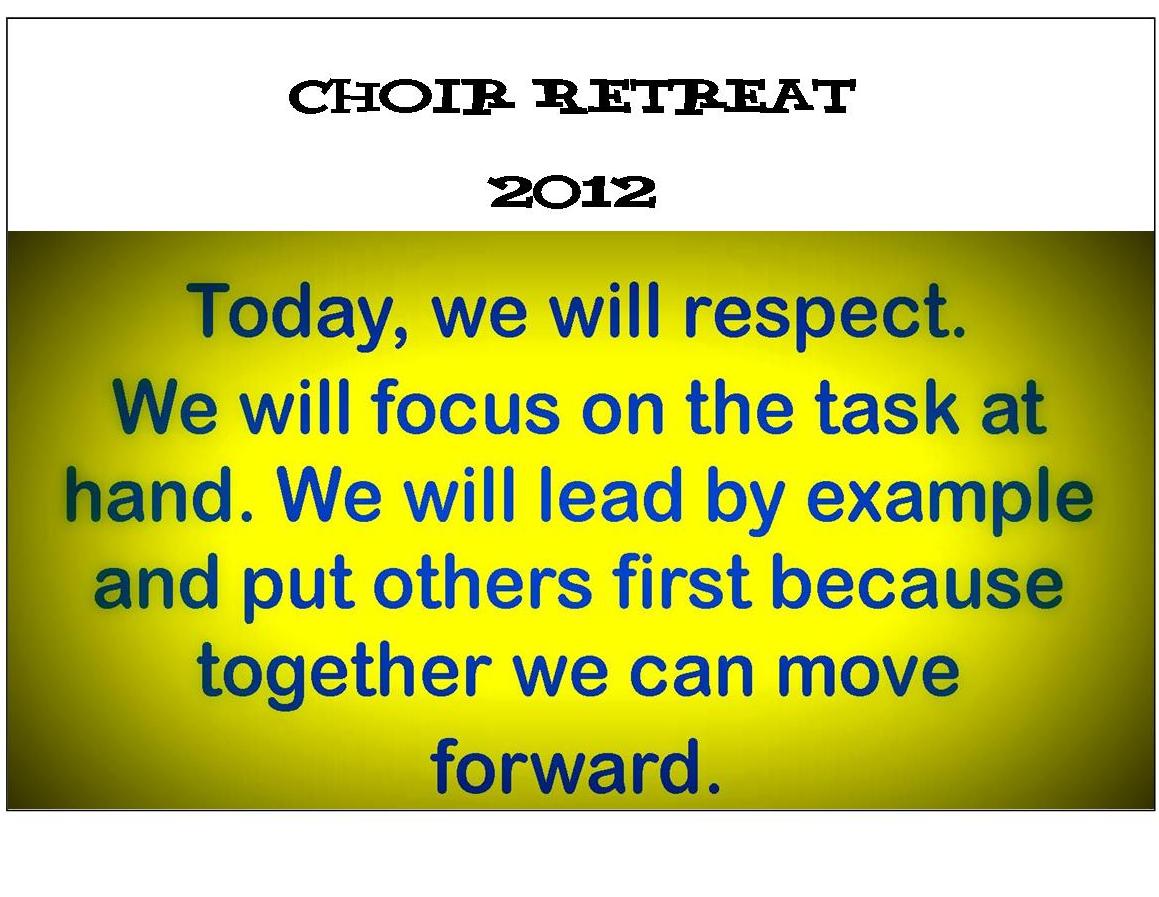I found a motivating article in the September issue of the ACDA Choral Journal. Under Repertoire & Standards section of the magazine there is an article written by Maura Underwood called “Raising a Family: A Six-Step Guide to Recruiting for High School Choir”. Even though this article is geared towards the
senior high school choir, there are many ideas that could transfer to church choir. Okay, wait a minute. Hold the phone! What am I doing writing about recruiting when my focus for YouthCue is building community? This article brings into focus the importance of building community, of building a sense of family, of building a place for young singers to feel they belong and can contribute. If done correctly, whether you have a church choir or a high school choir, singers will flock to what you have to offer. But, let me clear, you can’t just have a successful program and think younger singers will automatically appear at your doorstep. You must be intentional about showing younger singers that there is a place for them in your choir.
I am going to highlight Maura Underwood’s six-steps for recruiting. I hope you can take one or two of these ideas and incorporate them into your recruiting techniques. Maura Underwood’s first paragraph sets up her article. “How many different strategies have you used to recruit students into your choir? Let me guess: you’ve visited the middle school, sent students to talk about the program, held a side-by-side rehearsal day, joined forces and sung concerts together, and maybe even hosted a meet-and-greet. Allow me to offer another suggestion: treat your choir as if it were a family tree and extend the branches at the very beginning of the year.”
- Step 1: Big Brother/Big Sister Initiative – Underwood assigns her students a little brother or little sister from the middle school and has them write a welcoming letter saying what they have been doing recently in choir and what it is like to be a part of a large choir.
- Step 2: A Concert Invitation – Underwood has her students send an invitation to the junior high choir to perform with the concert choir. These invitations go via big brother or big sister to their little brother or little sister. The invitation is personalize with a picture of the big brother or big sister on the front. This way the younger singer can easily identify to older singer at the concert.
- Step 3: Big Brother and Big Sisters as Scheduling Mentors – Even though this part of the plan is specific to school choirs, I thought it important to include. If younger singers can be encouraged to stay in school choir, they are more likely to lend their voice for the high school youth choir. The high school mentors help the younger singers through overwhelming high school registration process when the counselors are not always giving the singers viable solutions to stay in choir. If you teach high school choir, I recommend you pay particular attention to Step 3. This step is very insightful.
- Step 4: Remembering the Forgotten – There are several musical students who are, for one reason or another, not in music class anymore. Underwood sends around a nomination form for current students to list any friends or acquaintances they would like to see in concert choir. She sends the nominations letters to remind those students not in choir that Concert Choir is still around.
- Step 5: Invite, Invite, Invite – Underwood sends out another round of invitations for spring concerts, again with head shots, this time to the parents and their singer from the Big Brother or Big Sister. The purpose is to get future choir members and their parents to regularly attend the high school concerts.
- Step 6: It’s Party Time – It’s the official meet and greet of the Bigs and Littles. A two-hour party that includes icebreakers, karaoke, and pizza.
Underwood says it best with her ending paragraph: “In reflection, I realize that the family element is what successfully recruits students, keeps students, and positively influences them to make the right decisions. For today’s student who is pulled in fifty different directions – attempting to get as many extra things on their resumes as possible for college, fighting the social battles of popularity, feeling of inadequacy, inferiority, and awkwardness, and just trying to fit in – at least they have a welcoming, musical room they can call home, with a family whom they have helped to raise.”
AMEN!
I encourage you to read Maura Underwoods full article in the ACDA Choral Journal.
Underwood, Maura. “Raising a Family: A Six-Step Guide to Recruiting for High School Choir.” ACDA Choral Journal. September 2015: 57-59. Print








